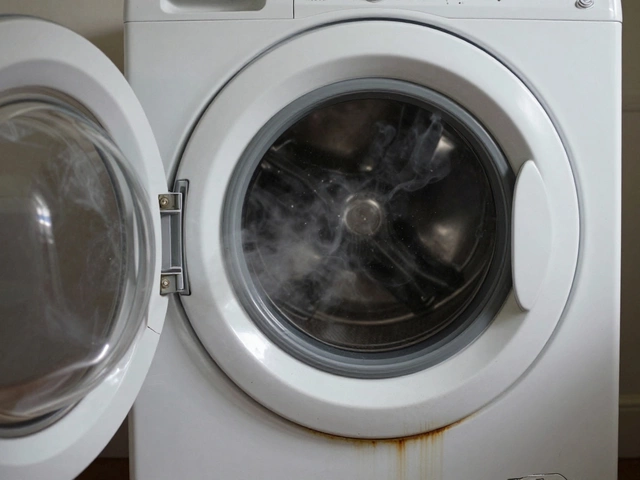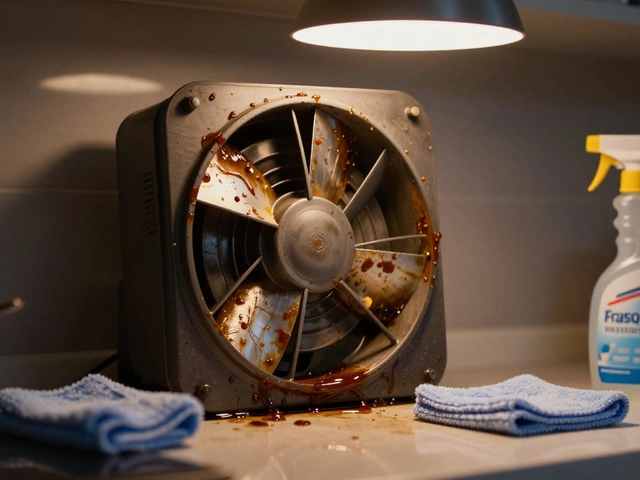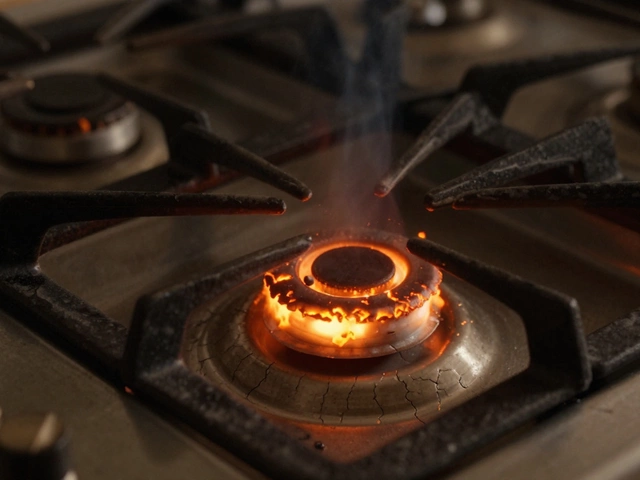Appliance Repairs – Your Go‑to Guide
Got a fridge that won’t cool or a washing machine that’s leaking? You’re not alone. Home appliances break down all the time, but you don’t have to live with a broken gadget forever. In this guide we’ll walk you through the most common problems, simple DIY steps, and the signs that it’s time to ring a professional.
Common Repair Issues You Can Fix Yourself
First up, the easy wins. Many fridge cooling issues come from a dirty condenser coil or a clogged defrost drain. Unplug the fridge, pull out the back, and vacuum the coils for a few minutes. If the fridge still runs warm, check the thermostat knob – sometimes it gets bumped off the correct setting.
Washing machines often stop spinning because the lid switch is faulty or a foreign object is jammed in the pump. Open the machine’s lower panel, look for bits of lint or coins, and give the pump a gentle spin by hand. If the lid switch looks cracked, replace it – it’s a cheap part you can find at any hardware store.
Ovens that won’t heat usually have a bad heating element or a tripped thermal fuse. Remove the element (most ovens have a simple screw‑on design), test it with a multimeter, and replace it if there’s no continuity. For the thermal fuse, locate it near the thermostat and swap it out if it’s blown.
When to Call a Professional
Some problems are best left to the pros. If a boiler won’t fire, if you suspect a gas leak, or if a water heater keeps tripping the reset button, don’t gamble. Those systems involve high‑pressure gas or electricity and need certified technicians.
Similarly, refrigerator compressors are expensive and require special tools to replace. If you hear a loud clicking noise and the fridge stays warm after cleaning the coils, call a repair service. Trying to fix a compressor on your own can cause more damage and void warranties.
Dishwashers that won’t drain can be caused by a broken pump motor, which usually needs a professional’s eye. While you can clear a simple blockage, a motor failure means you need a replacement part and proper re‑assembly.
Remember, even DIY‑savvy homeowners benefit from a quick inspection by a qualified tech every year. A routine service catches wear‑and‑tear before it turns into a costly breakdown, and many companies offer a free check‑up if you schedule it early in the season.
In short, start with the easy checks: clean coils, remove blockages, test simple parts. If the issue persists or involves gas, electricity, or sealed components, call a trusted repair service. Keeping a small toolbox, a multimeter, and a few spare parts around can save you time and money on the most common appliance hiccups.
Got a specific problem not covered here? Browse our article list – from “How to Repair a Refrigerator Not Cooling” to “Longest Average Lifespan of a Washing Machine” – for step‑by‑step guides that match your exact issue.
Top Appliance Brands with Minimal Electric Oven Repairs
- Alden Wilder
- Oct 30 2024
- 0 Comments
Finding a reliable electric oven brand can save you time and money on repairs. This article provides insights into which brands are known for their durability and minimal maintenance issues. It delves into the factors that contribute to the longevity of ovens and offers practical tips for choosing a reliable appliance. The information can guide homeowners in saving costs on repairs. Identifying brands with the least frequent repair needs is crucial for a worry-free kitchen experience.
View More


